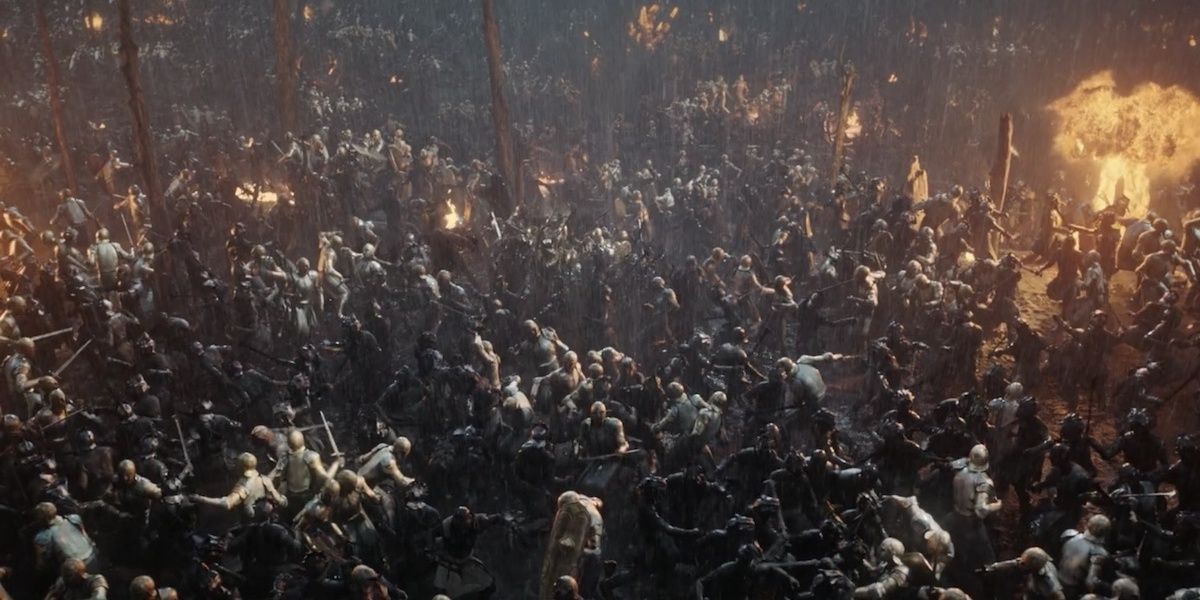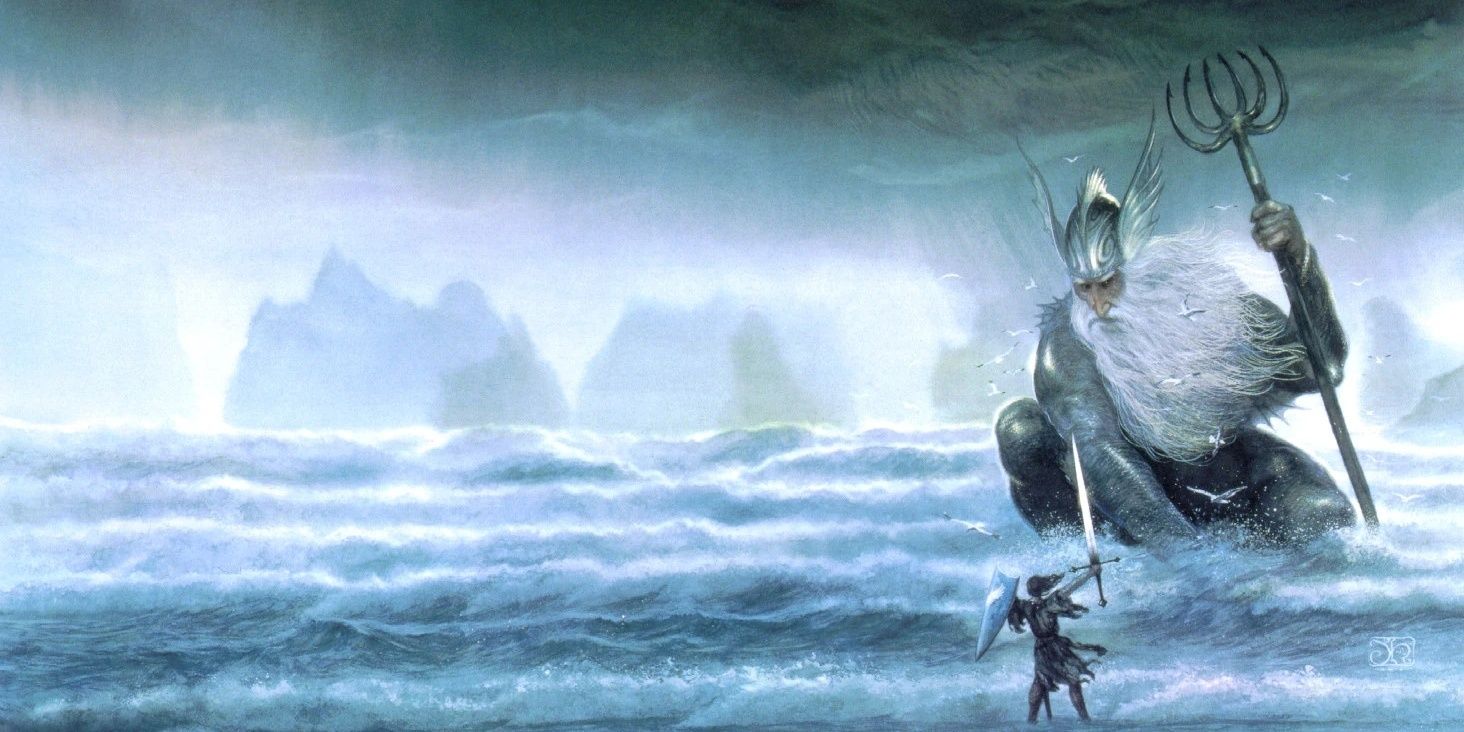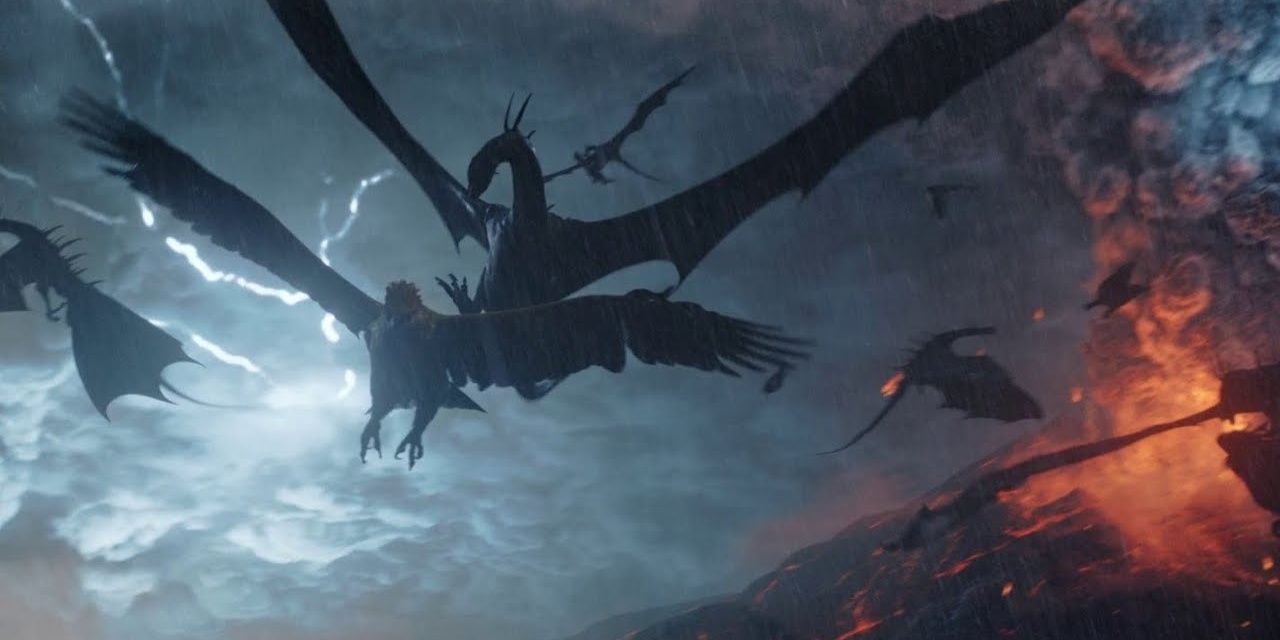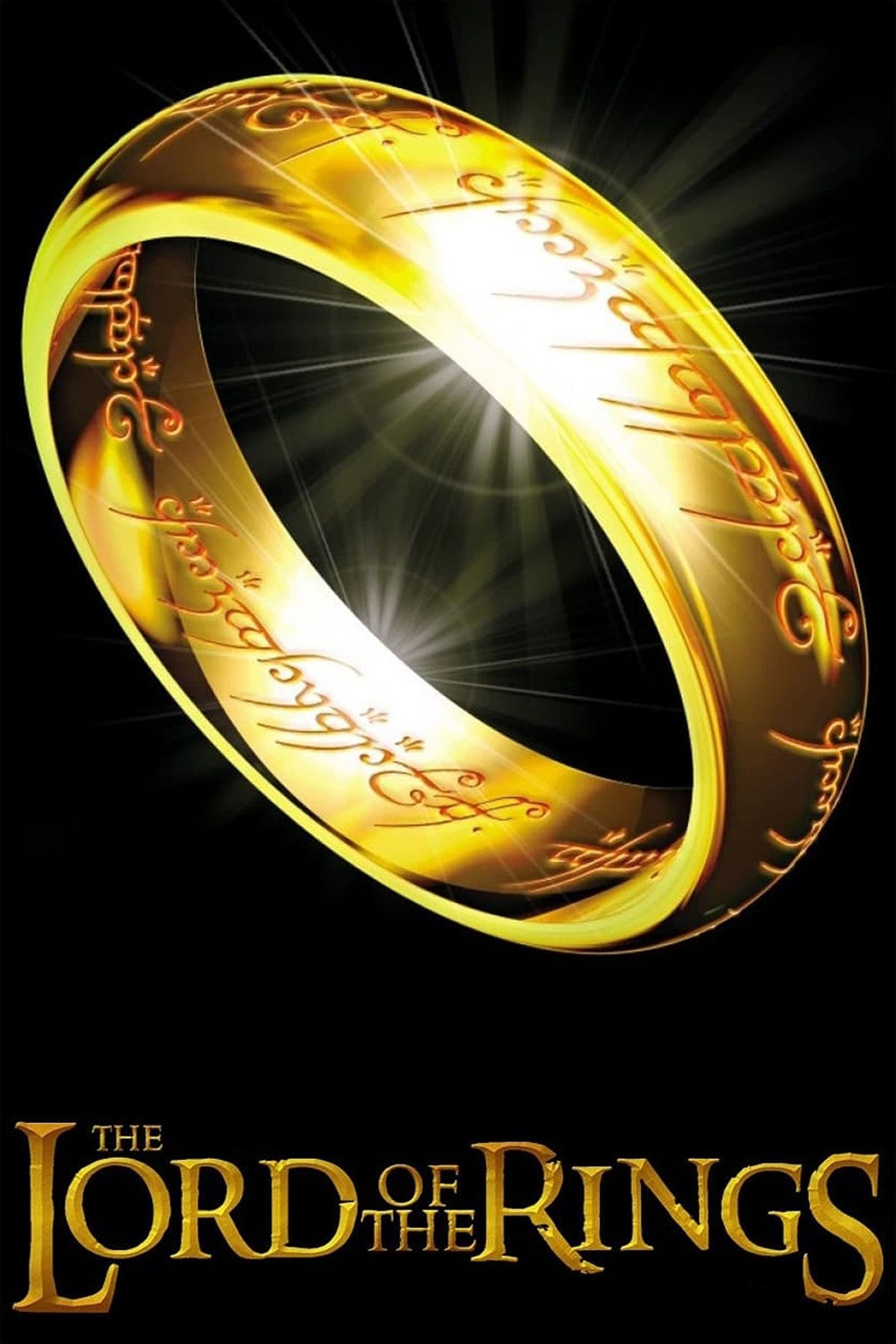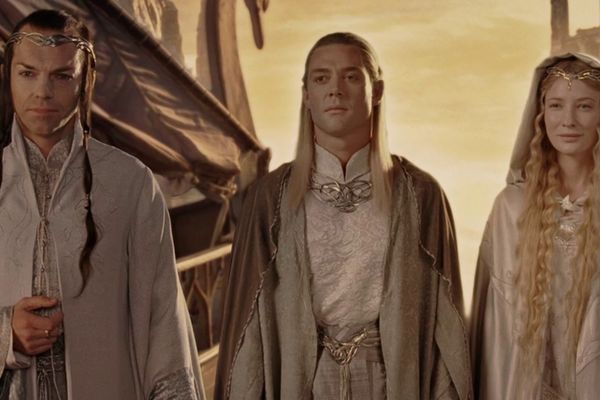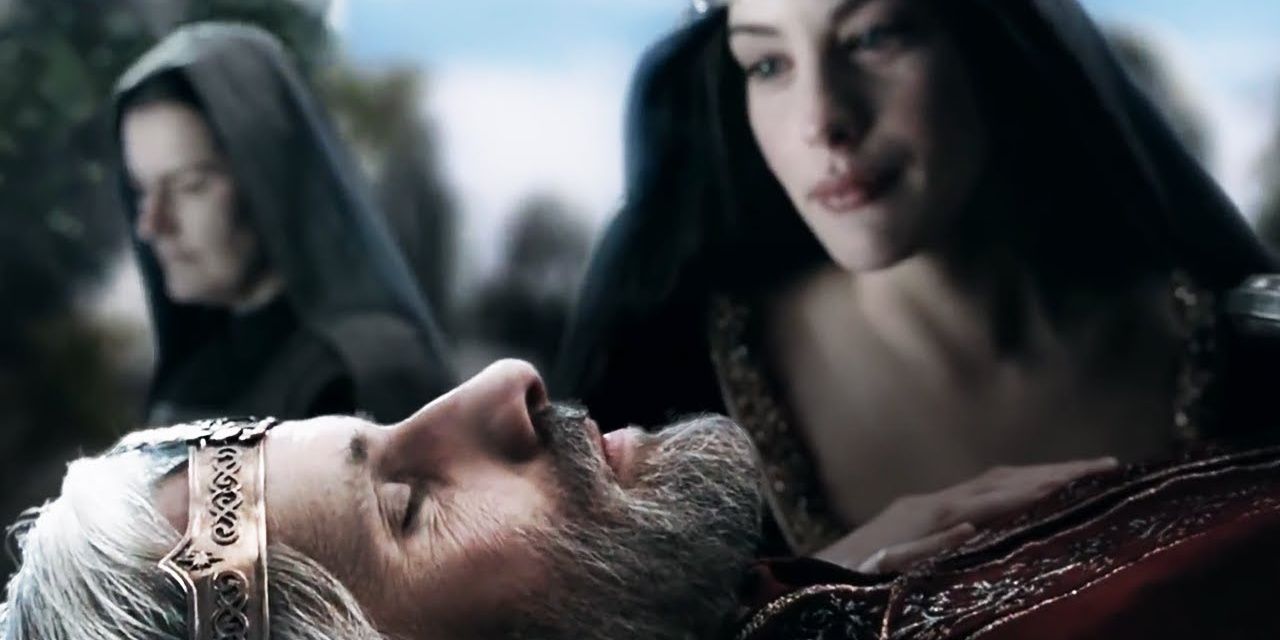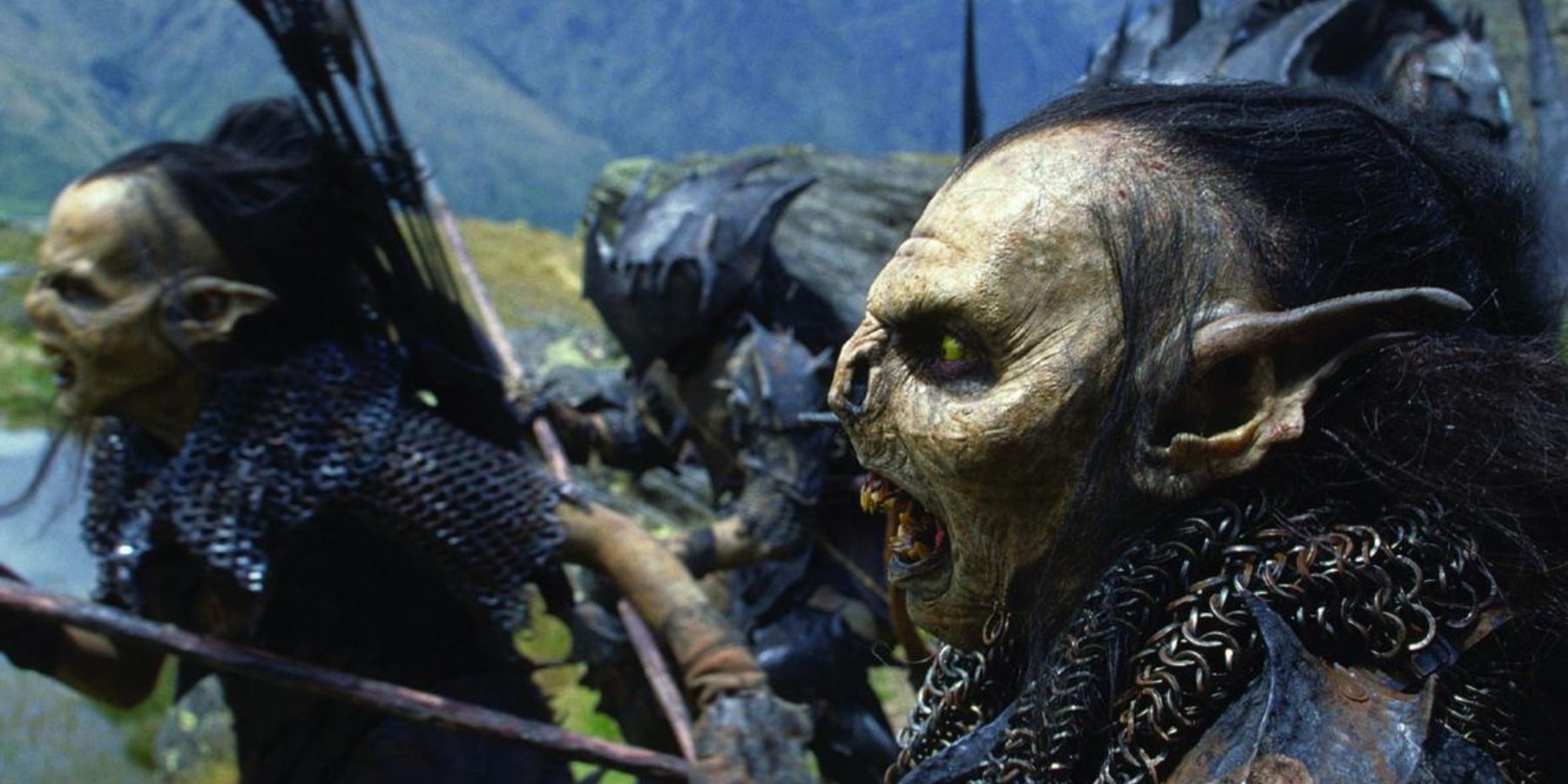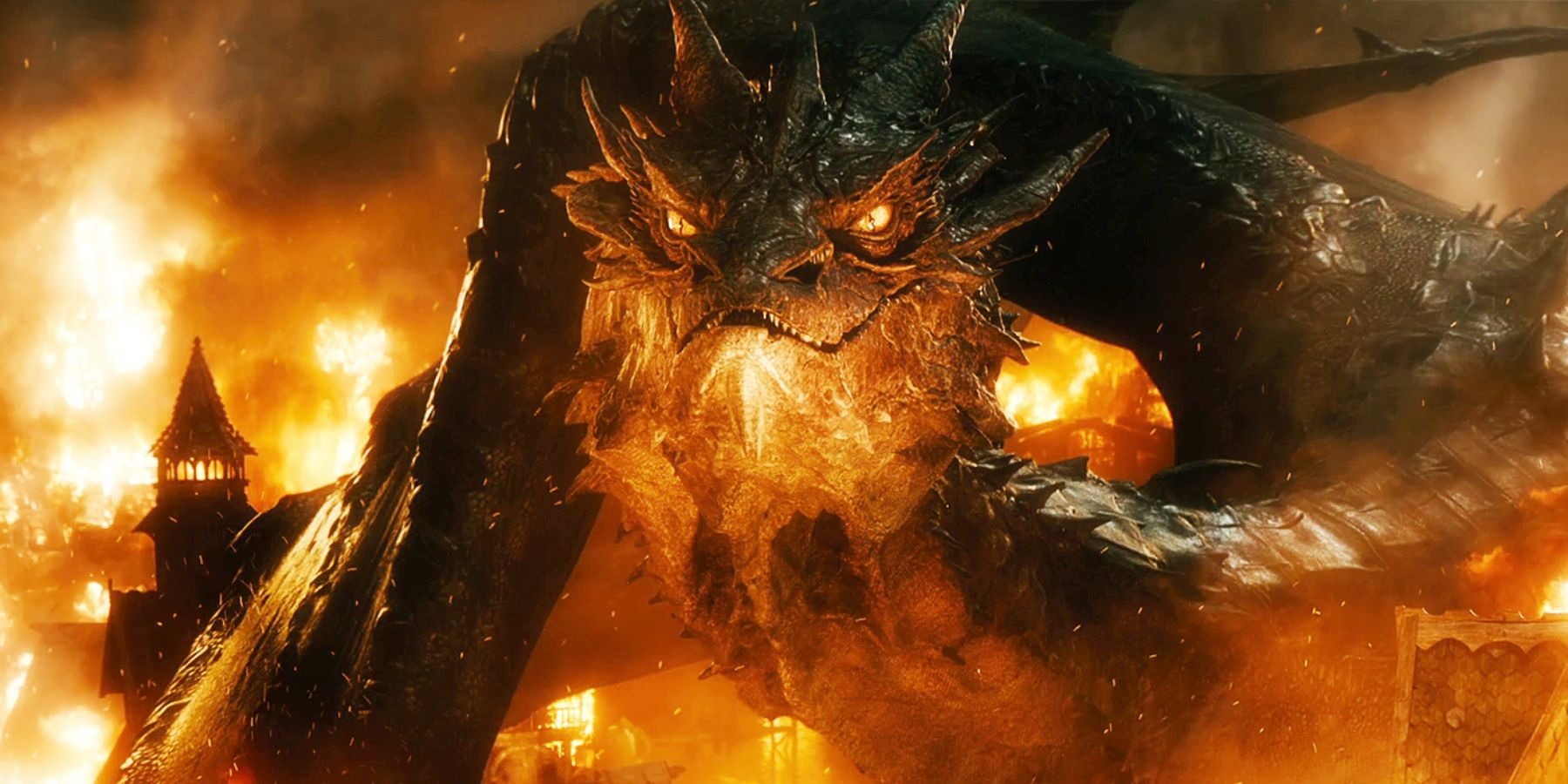
LOTR: Unraveling the War of Wrath

The War of Wrath: An Epic Battle that Shattered Morgoth's Rule, marking a defining moment in Middle-earth's history
Article Key Points
The War of Wrath, also known as the Great Battle, was a defining war in Middle-earth's history that marked the end of the First Age.
The war was a confrontation between the Elves, Men, and Valar (celestial beings of Middle-earth) against Morgoth's armies.
In the decisive moment, Eärendil emerged as the hero, vanquishing Morgoth and his winged Dragons, leading to the downfall of Angband and the submergence of a significant portion of Middle-earth.
Lord of the Rings captivates readers with its intricate worldbuilding and complex characters. In addition to these aspects, the plot itself generates excitement and grabs people's attention. For many fans, the war stories that thread through the history of Middle-earth hold a particular allure. While The Lord of the Rings and The Hobbit feature well-known battles, the extensive lore and history created by Tolkien extend far beyond, encompassing numerous major conflicts.
One crucial conflict in Middle-earth's history, known as the War of Wrath or the Great Battle, stands as a defining war. This climactic battle unfolded between Morgoth and the forces of good, who had finally gathered sufficient strength to challenge him. The War of Wrath holds immense significance in the lore of Middle-earth, as it not only impacted the outcome of the war but also altered the very landscape itself. However, as this event predates LOTR by a considerable period, its details remain relatively obscure, even to ardent Tolkien enthusiasts. Why did the War of Wrath occur, and who exactly were the parties involved?
When Did The War of Wrath Take Place?
The War of Wrath, which occurred during the First Age of Middle-earth, marked the conclusion of that era. The timeframe for this war was approximately FA 545 - FA 587. At this stage in the First Age, Morgoth had attained significant power in Middle-earth, and his reign remained unchallenged. Despite numerous attempts to resist him, all efforts had proven futile, resulting in Morgoth's control over virtually all of Beleriand, the northwestern region of Middle-earth. The situation was further exacerbated by the Sons of Fëanor, descendants of the esteemed Ñoldorin King who had vowed to reclaim the Silmarils at any cost. They were responsible for two Kinslayings that annihilated the Elven settlements of Doriath and the Havens of Sirion.
Who Was Involved In The War of Wrath?
The War of Wrath witnessed a joint effort from the Elves, Men, and Valar to combat Morgoth's forces. The Valar, also known as the overseers of the world, held the status of gods in Middle-earth. Morgoth, or Melkor, was originally one of the Valar but was expelled from their ranks due to his immense power. As Morgoth's rule grew increasingly oppressive, Eärendil embarked on a voyage to Valinor, beseeching the Valar for their aid in freeing the inhabitants of Middle-earth from Morgoth's tyranny. Deeply moved by Eärendil's plea, Manwë led a formidable army consisting of the Vanyar and Ñoldor Elves still residing in Aman, resulting in the largest military force ever assembled in history, converging in Middle-earth.
These powerful forces of Aman clashed with Morgoth's armies in a fierce battle on the plains of Anfauglith. The sheer magnitude of Morgoth's forces had become so vast that the sprawling plains struggled to contain them. The War endured for an extensive period of over 40 years, during which the Valar valiantly engaged in combat against Morgoth's hordes of Orcs. Additionally, Morgoth had enlisted Balrogs into his ranks, and even they were overcome by the opposing forces. Evidently, the Three Houses of Men fought alongside the Valar, whereas the Men from the East chose to align themselves with Morgoth, resulting in their complete annihilation or being forced to flee to distant lands.
How Did The War of Wrath End?
The War of Wrath reached its conclusion when Morgoth, facing imminent defeat, resorted to his final ploy - unleashing winged Dragons, a breed never seen before. These formidable creatures pushed back the Valar and dealt a considerable blow to the forces of the West. Nonetheless, Eärendil turned the tide by commanding his majestic sky-ship Vingilot and summoning the Eagles of Manwë, who engaged the Dragons in aerial combat and emerged victorious. Morgoth's stronghold, Angband, was obliterated, and the dark lord himself was captured within the depths of his mines. Subsequently, he underwent trial in Aman for his heinous deeds and was met with the ultimate punishment - beheading by the Valar, followed by banishment through the Door of Night into the Timeless Void, a domain vigilantly guarded by Ëarendil.
The geology of Middle-earth was immensely impacted by the War, resulting in the submergence of a significant portion of the land west of the Blue Mountains. This catastrophic event was accompanied by the survival of various creatures employed by Morgoth in his armies, including the Orcs who remained under the dominion of Sauron. Notably, some Balrogs sought refuge beneath the earth, with one of them making a notable appearance in The Lord of the Rings. The majority of remaining Elves departed for the West, while those who stayed behind, such as Galadriel, Celeborn, and Elrond, became the esteemed leaders of the remaining Eldar. In recognition of their valiant efforts against Morgoth, the Men who fought alongside Valinor were rewarded with possession of the land of Númenor.
The Lord of the Rings
The Lord of the Rings holds a prestigious position in the realm of entertainment. It originated as novels written by J.R.R. Tolkien and later gained immense popularity through a highly acclaimed film trilogy directed by Peter Jackson. Additionally, there have been several video game adaptations of The Lord of the Rings, varying in their quality.
Editor's P/S
As a Gen Z fan, I find the War of Wrath to be an intriguing and captivating event in the history of Middle-earth. The scale and scope of the conflict are truly epic, and the stakes are incredibly high. The fact that the Valar themselves had to intervene to defeat Morgoth is a testament to the gravity of the situation.
The story of Eärendil's voyage to Valinor and his subsequent role in convincing the Valar to aid Middle-earth is also very moving. It shows that even in the darkest of times, there is always hope. The fact that the Valar were willing to risk their own safety to save Middle-earth is a powerful message of hope and redemption. Overall, I think the War of Wrath is a fascinating and important event in the history of Middle-earth, and I'm glad that Tolkien included it in his mythology.
